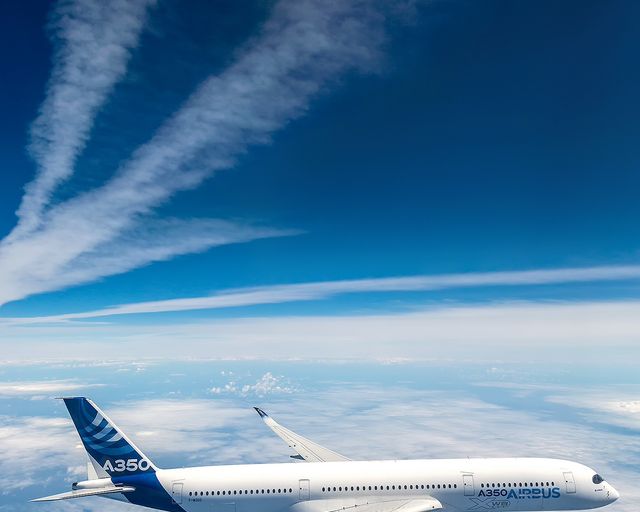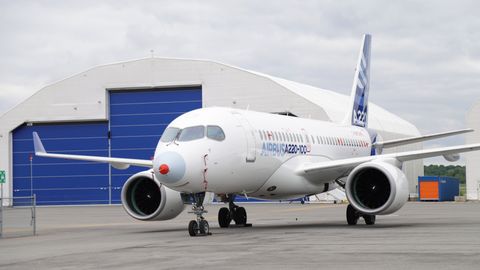Identifying, investigating and mitigating non-CO2 emissions

Operational mitigation of non-CO2 emissions
CONTRAIL RESEARCH
Burning kerosene creates both carbon dioxide (CO2) and non-CO2 emissions. The latter are composed primarily of water vapour, gaseous species such as nitrogen oxides, and various aerosols. In certain conditions, these non-CO2 emissions can cause condensation trails, widely known as contrails. Contrails are essentially ice cirrus clouds. Although they both reflect incoming solar radiation and trap outgoing heat, contrails have a net warming effect.
Non-CO2 emissions can be mitigated using accurate climate impact forecasting models. This allows flights to navigate around, under or above areas favouring contrail formation with air traffic management permission. However alternative trajectories can be longer, increasing both CO2 emissions and the cost of operating the flight. It is a delicate trade-off.
Our panelists discussed the current status of non-CO2 research and how it contributes to more accurate climate impact models. The discussion included results about operational mitigation and the use of different fuel types and aromatics.
Replay
Airbus Summit 2025
Identifying, investigating and mitigating non-CO2 emissions
The speakers

Ongoing research into non-CO2 emissions
INDUSTRY COLLABORATION
Airbus is engaged in some 40 projects looking at different fuel types and compositions to determine the optimal mixture for mitigating non-CO2 emissions. This includes studying fuel types, operational mitigation and the sizes of ice crystals formed in different meteorological conditions.
Find out more about how contrails form and how their climate impact can be mitigated through changes to flight trajectories, better forecasting and different fuel types and compositions in our primer on non-CO2 emissions.










